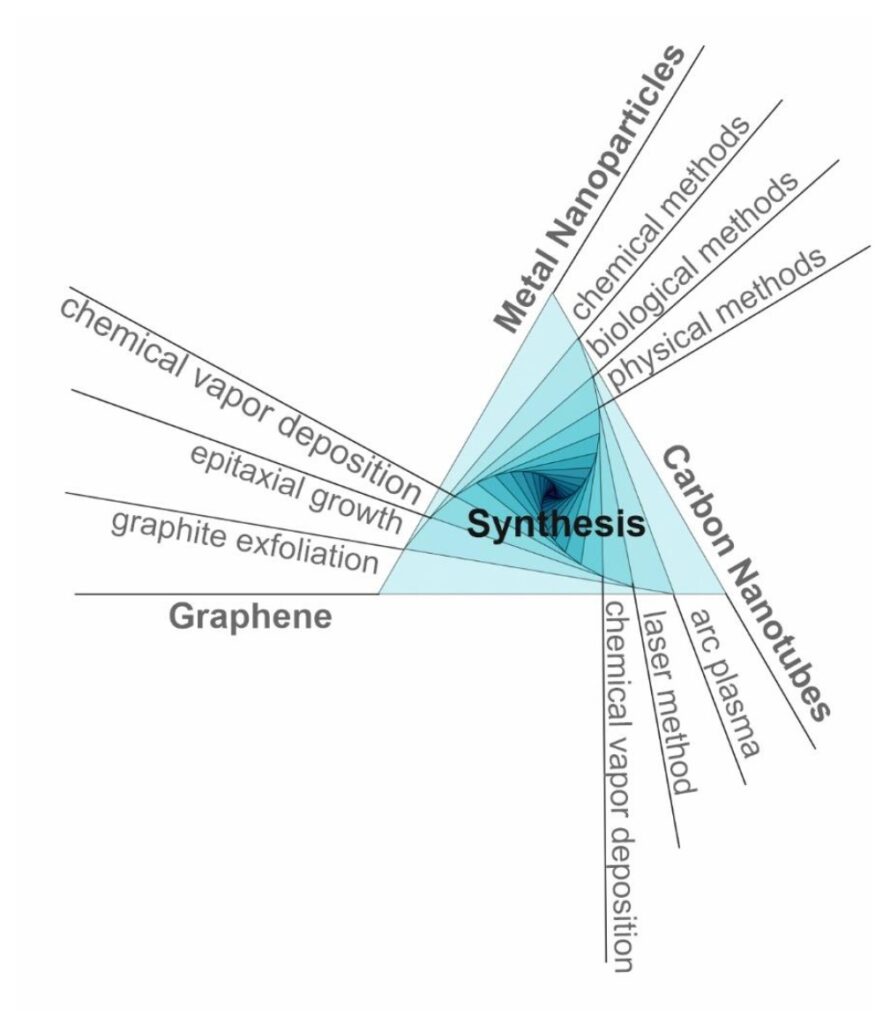By A. I. Cardos, Simona Cavalu et al.

This paper aims to expose the diagnosis methods for H. pylori that are currently available, high-lighting their assets and limitations. The perspectives and the advantages of nanotechnology along with the concept of nano(bio)sensors and development of lab-on-chip devices as advanced tools for H. pylori detection, differentiation and discrimination is also presented, by emphasizing multiple advantages: simple, fast, cost effective, portable, and miniaturized, small volume of sam-ples required, highly sensitive and selective. It is generally accepted that intelligent sensors devel-opment will completely revolutionize the acquisition procedure and medical decision in the framework of smart healthcare monitoring system. Copyright Simona Cavalu et al.

The limitations of traditional tools have promoted the development of innovative methods for the rapid and cost-effective diagnosis of H. pylori infection. These novel biosensors, coupled with nanomaterials, may provide a hybrid device with unique physical and chemical properties, which make them an excellent label and sensing device for point of care (POC) diagnosing of H. pylori. Copyright Simona Cavalu et al.
In recent years, the development of nanotechnology allowed the nano-biosensor to be connected to wearable devices, meanwhile, the signal/information is transmitted wirelessly to a smartphone, leading to a smart healthcare monitoring system. The combination between using a smartphone as a reader and the nano-biosensors as a detection method has been already investigated for biomedical applications (detection of various pathogens, chemical substances, cells, etc.), the integration of smart instruments, and nanobiotechnology, leading to all-in-one sensing systems used as portable self-diagnosis devices. Copyright Simona Cavalu et al.
Full text at https://doi.org/10.3390/diagnostics12020508





